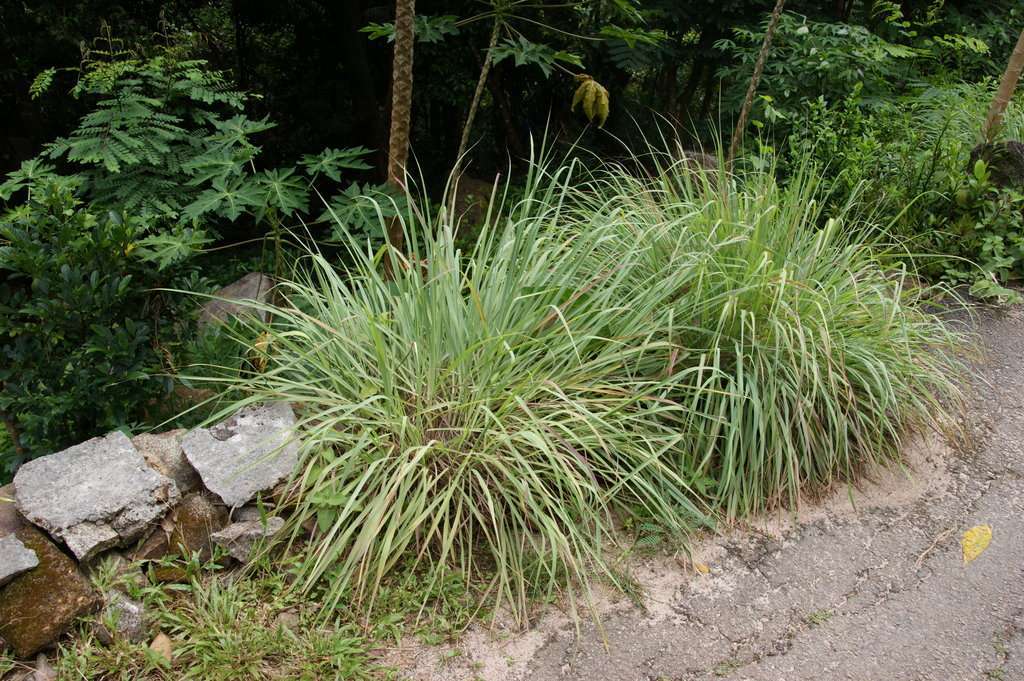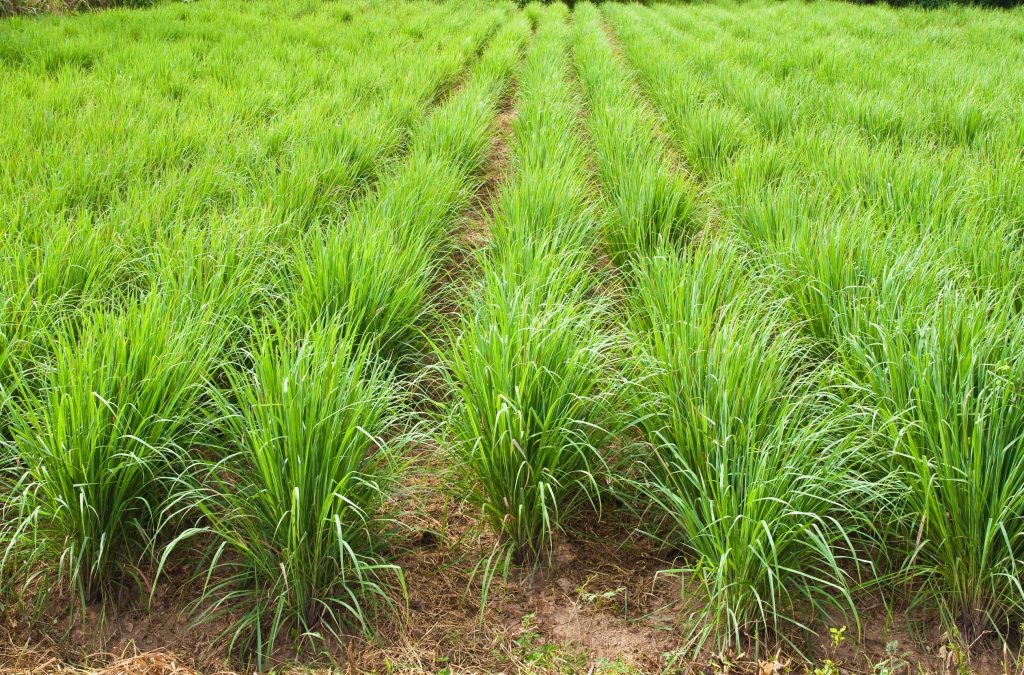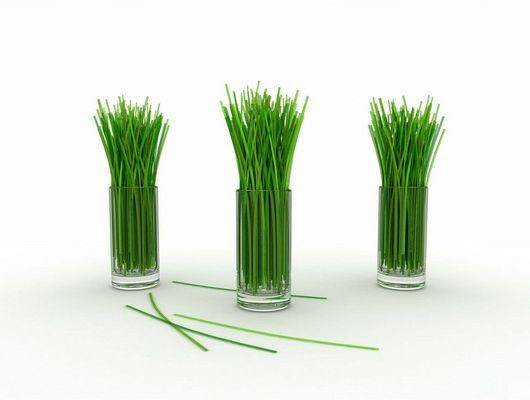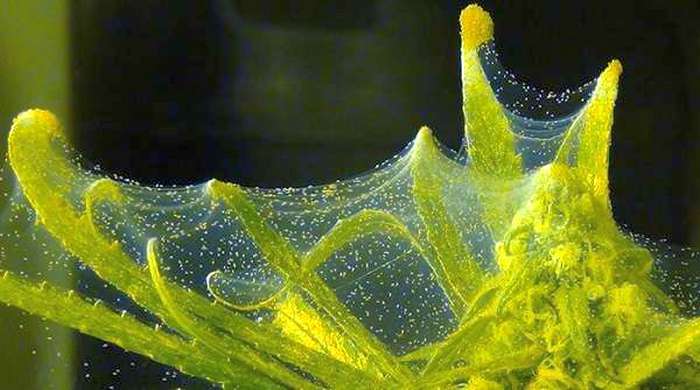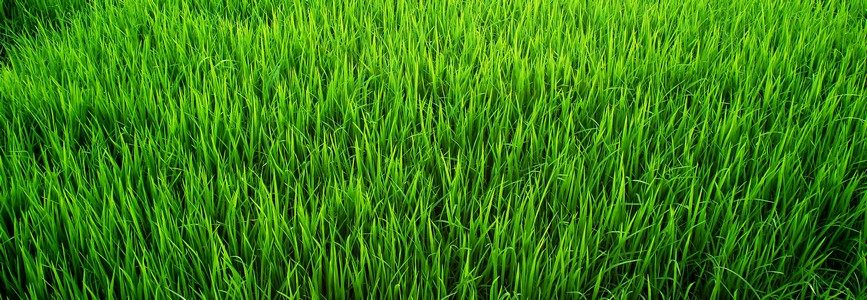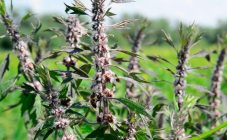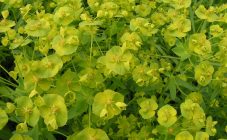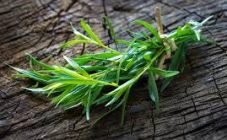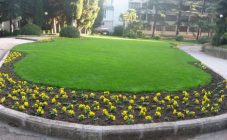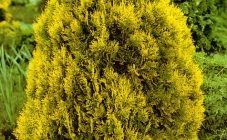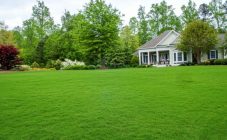Content:
Lemon grass is a fast-growing perennial that belongs to the family of cereals. Depending on the region, it may be called:
- lemon sorghum;
- cymbogon;
- lemongrass;
- lemongrass;
- citronella;
- Cochin (Malabar) grass;
- shuttle-bearer.
In accordance with most of these names, this plant is characterized by the presence of a citrus (with an almond tint) aftertaste and a mild lemon aroma.
Where does lemon grass grow and what does it look like?
The growing area of lemon grass covers:
- Africa;
- America;
- India;
- China;
- Southern Europe.
The height of lemon grass can reach 1.5 m, in the tropics this figure rises to 1.8 m, and in regions with colder climates it is limited to one meter. It has a powerful root system and is capable of depleting the reserves of nutrients in the soil in the shortest possible time. Long and narrow leaves of citronella are colored light green, and its inconspicuous inflorescences resemble spikelets.
Lemongrass varieties: distinctive features and methods of propagation
Experts identify two main varieties of lemon grass lemongrass (there are 55 of them): West Indian (Malabar) and East Indian. The first homeland is:
- Burma;
- Cambodia;
- Sri Lanka;
- Thailand.
The second, according to the name, comes from East India. The properties of the plants of both varieties are very similar.
Both Malabar and East Indian herb with a lemon scent does not tolerate cold and grows well in sunny areas, although it can tolerate slight shade. It prefers moist, sandy, slightly acidic soil, which is why it often grows in swampy areas. Even in favorable conditions, citronella, unlike its congeners, does not spread over the adjacent territory, but bundles.
The plant reproduces in three ways:
- seeds;
- cuttings;
- onions.
You will have to grow citronella at home or in the country through seedlings. It is possible to plant a plant in open ground from the end of May to the beginning of July, but first it should be acclimatized, first exposing it to the street for a day and removing it at night, and then leaving it outside for a day.
Fields of application of culture and benefits for humans
The two main types of lemon-flavored herbs are used in folk medicine, cosmetology and perfumery with equal frequency. However, in cooking, the East Indian look is preferred.
Lemongrass contains:
- citral;
- myrcene;
- aldehydes;
- citronellol;
- farnesol;
- geraniol.
It also contains in large quantities:
- vitamin A;
- vitamin C;
- calcium;
- phosphorus;
- iron.
The specificity of this composition makes it possible to use this herb, reminiscent of lemon, for:
- repelling insects;
- disinfection;
- relieving inflammation;
- treatment of respiratory diseases;
- relief of muscle pain;
- providing a refreshing and tonic effect;
- getting rid of dizziness, nausea, weakness, depression and fungal diseases;
- stimulation of metabolic processes;
- improving blood circulation and memory;
- pressure increase;
- curing skin diseases;
- removing acne and cellulite;
- removing toxins from the digestive tract;
- lowering blood cholesterol levels;
- hair care (in order to reduce their fat content);
- massage (not the plant itself is used, but its essential oil).
Lemongrass can have a number of beneficial effects on the human body:
- calming;
- antioxidant;
- astringent;
- carminative;
- deodorant;
- anesthetic;
- healing.
In addition, the use of lemongrass strengthens the ligaments, as well as connective and muscle tissues. All this improves the overall physical condition and greatly helps in losing weight.
However, when using lemongrass medications, you may experience:
- short hoarseness;
- sore throat;
- spasm of the vocal cords;
- redness of the skin and a burning sensation (if the product was applied to the skin and was concentrated).
You should also take into account the presence of contraindications concerning children under 7 years of age, persons with severe hypertension and those who suffer from increased excitability.
Lemongrass pests and diseases
Although lemongrass grass smells like lemon, it is still classified as a cereal, and therefore pests attack it according to:
- spider mites;
- meadow scoops;
- aphid;
- drunkards;
- scabbards;
- stem and grain fleas;
- spike flies;
- moisture-loving bugs;
- campfire mosquitoes;
- thrips.
The most common lemongrass diseases:
- stem and fusarium rot;
- mosaic;
- powdery mildew;
- spotting (black, gray, white);
- streaky bacteriosis;
- sheathiness;
- stem rust;
- late blight;
- snow mold;
- ascochitis;
- ergot;
- stem smut.
Despite the extreme variety of pests and diseases that threaten the well-being of the cereal, the basic rule of dealing with them is the same: prevention is better than cure.
For this purpose it is recommended:
- plowing after each harvest (in this case, diseases and pests will not be able to overwinter in the soil and infect the crops of the next season);
- comply with the established landing dates;
- do not plant plants near areas where already infected crops may be located;
- disinfect seed material using specially designed means.
If the infection does occur, then in most cases fungicides can be dealt with, although sometimes other measures may be required.
Collection and storage of lemon grass
You can cut and harvest lemongrass grass as needed. If the plant was planted in open ground, then the final harvesting of the greenery is carried out at the end of August.
In order for the leaves to dry well, they will need to be cut into smaller pieces and spread out under a canopy. Already dry grass should be stored separately from other products in sealed containers (for example, in sealed glass jars) in the dark.
Schisandra is a useful perennial plant with a special aroma and taste and many beneficial properties for the human body. Lemon grass can beautify an area with its lush greenery, as it grows very quickly and does not require much maintenance.
